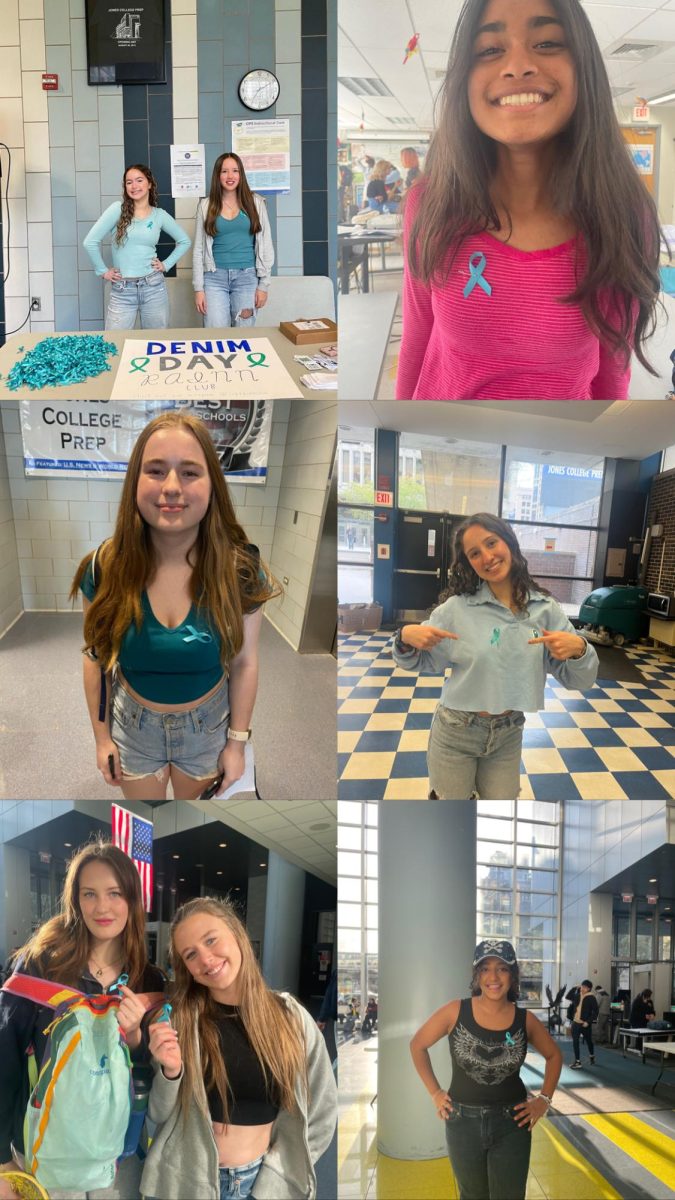Amidst April showers, the true significance of these thirty days is rarely acknowledged: National Sexual Assault Awareness Month. It is not controversial to say that rape culture is still incredibly prevelent in the United States– from our infamous (alleged) rapist president to the “one in six women” statistic we learned in sex-ed, sexual crime is all around us and rarely dealt with in a proper manner. A beam of hope was the #MeToo movement, but the lack of lasting impact from this era prompts a need for redirection in fighting rape and sexual assault.
To begin, what exactly was #MeToo? Started in 2006 by Tarana Burke, the movement sought to support victims of sexual violence, with an initial focus on women of color. #MeToo began gaining traction through social media in 2017, famously serving a role in exposing and eventually convicting notable film producer Harvey Weinstein as a sexual predator. Following his downfall, more prominent male figures, specifically in the television/movie industry were outed as abusers, including Matt Lauer, Bill Cosby and Woody Allen. #MeToo also grew to include everyday people who developed the courage to publicly share their stories. Essentially, this movement created an environment in which women were free to share their experiences and deservingly drag their rapists through the mud. Considering that only a meager 4% of rape cases ultimately result in conviction and a staggering 66.6% go entirely unreported, destroying abusers’ careers through exposing them on social media seemed more realistic in the current state of America’s justice system.
In theory and in the beginning, #MeToo was revolutionary to say the least. People were no longer afraid to speak out and expose criminals to the public, and victims found ways to receive justice outside of a courtroom. However, the shifting purpose of the movement was questionable, with many feeling that #MeToo aimed to punish specific cases while ignoring the big picture, such as failing to fight rape culture as a whole and not pushing to change laws or legislation. The impact was very noticeable in the moment, but lasting progress proved weak. Another point of controversy was #MeToo’s failure to recognize sexual violence against people of color, men and LGBTQ+ individuals, ripping the founder’s original vision for the movement to shreds. The #MeToo movement put up a good fight at the time, but the lack of lasting systemic change means justice would seldom be served in the long run.
So where do we go from here? Despite the #MeToo movement’s ultimate downfall, the fight never ends because change is still possible if we target the right institutions. Regarding rape culture, teaching consent in schools is only the beginning; we as a society must seek to redefine masculinity, listen to and believe victims, and push a zero-tolerance narrative. There are also a plethora of myths used to discredit survivors, such as disbelief that rape can happen in romantic relationships or that victims “could have done more to stop it.” Ideally, leaving rape culture in the past can lessen these cases from happening in the first place. In terms of the legal system, UMass Lowell reports that most sexual assault cases do not result in a conviction due to an alarming lack of investigation, a need for evidence of other domestic abuse and dropping cases altogether due to the “he-said, she-said” nature of a situation. Another reason was jurors believing aforementioned myths, which speaks volumes on our country’s culture. Developing a better societal understanding of different ways in which sexual abuse occurs, how to prevent these situations and the nuances of people’s stories is the first step to a bigger solution.
To conclude, the #MeToo movement was not completely without impact, as it spread awareness and lessened shame surrounding rape and sexual assault victims. However, it also taught us a crucial lesson: systemic change is the most effective way to fight deep-rooted issues. With this outlook, Americans can finally begin fighting this long-time-coming battle, both seeking to prevent sexual violence from occuring in the first place along with developing a more well-rounded justice system.



